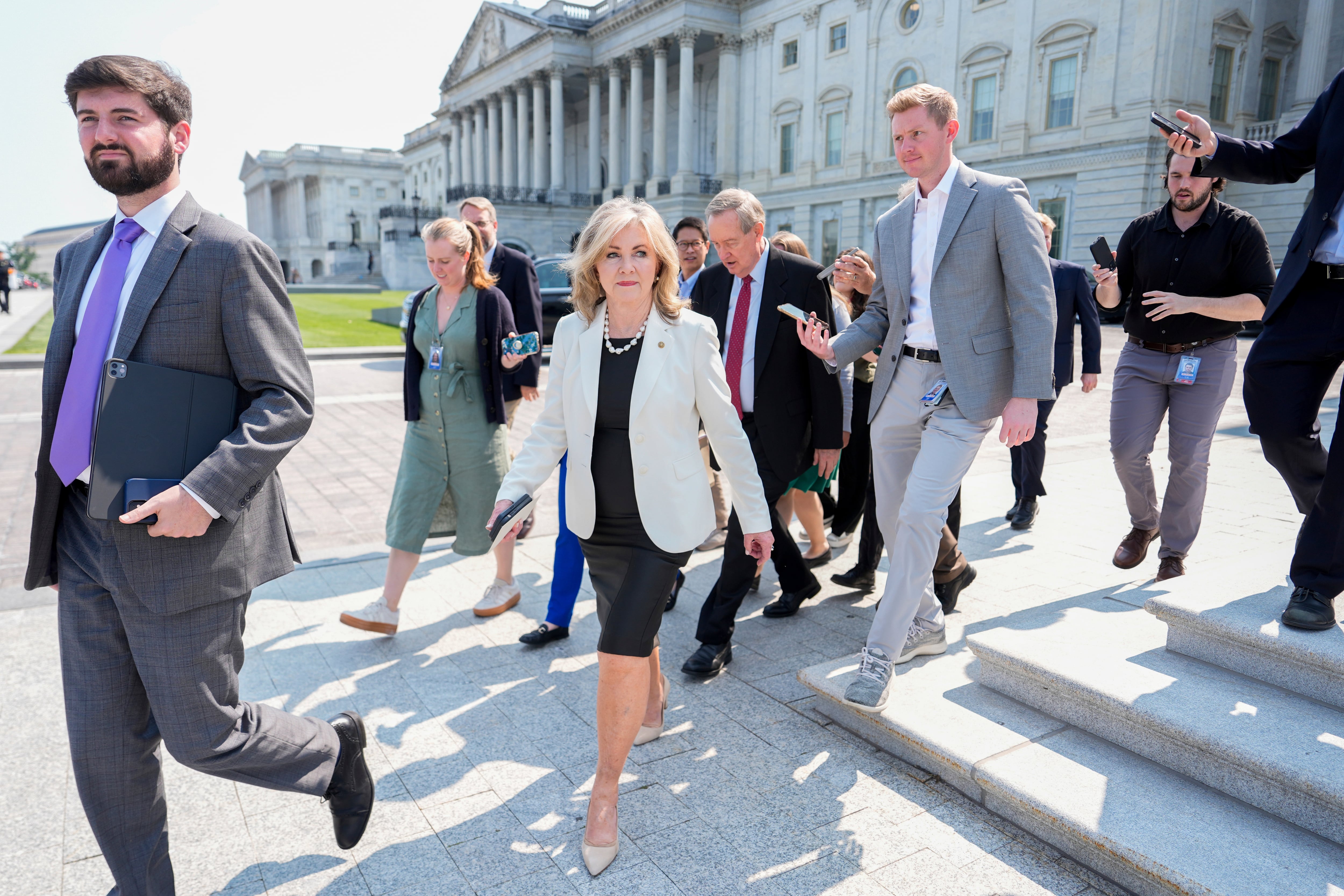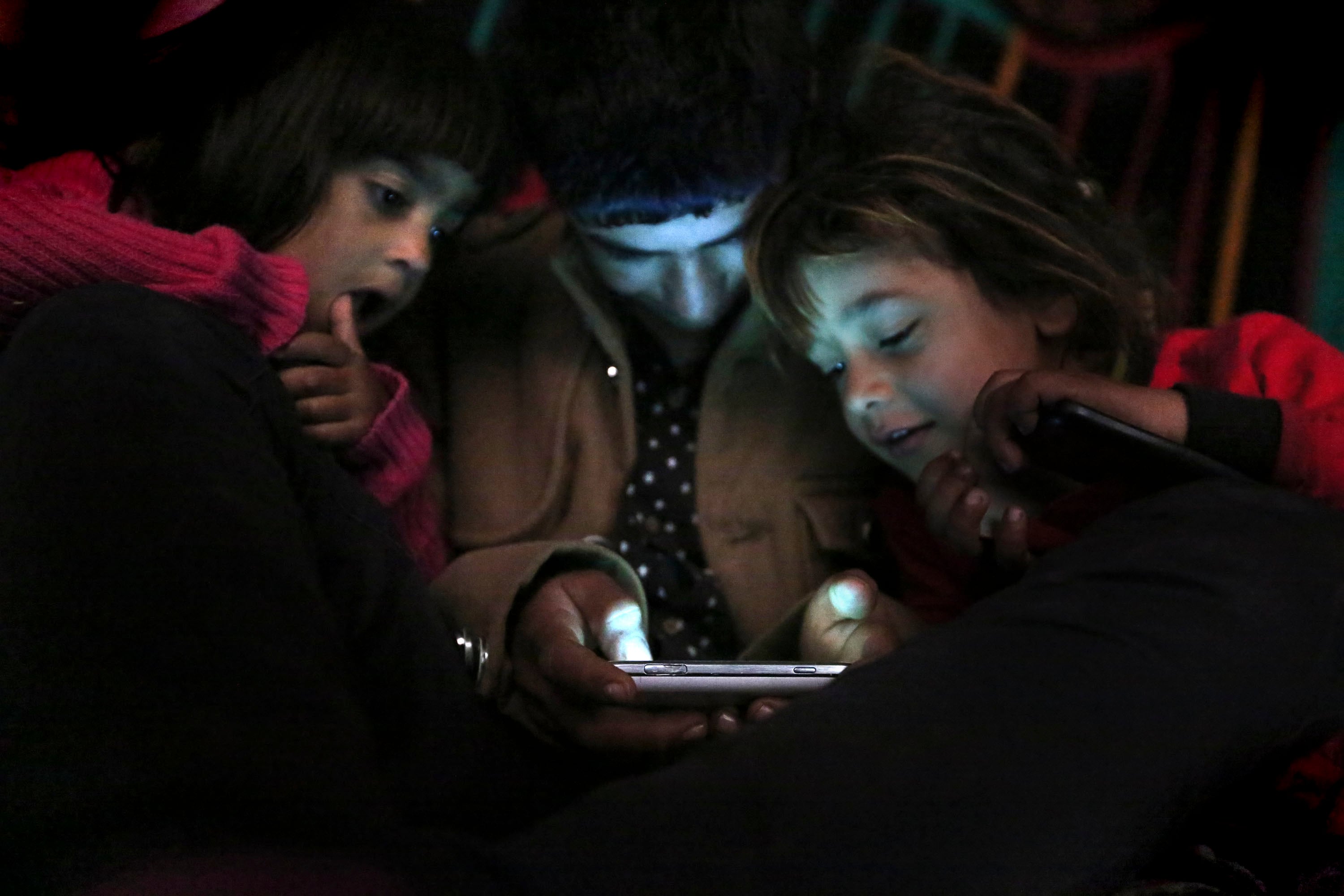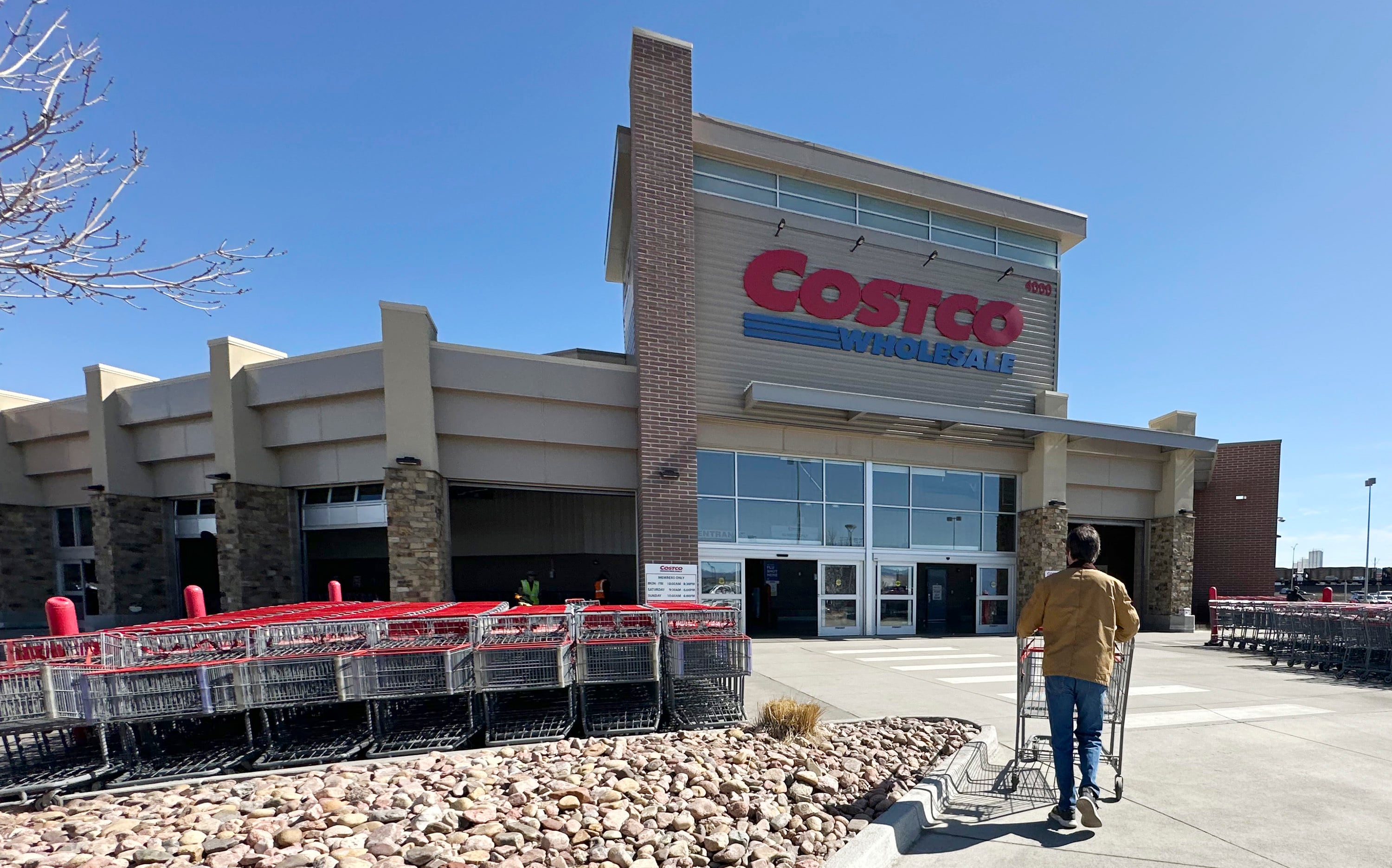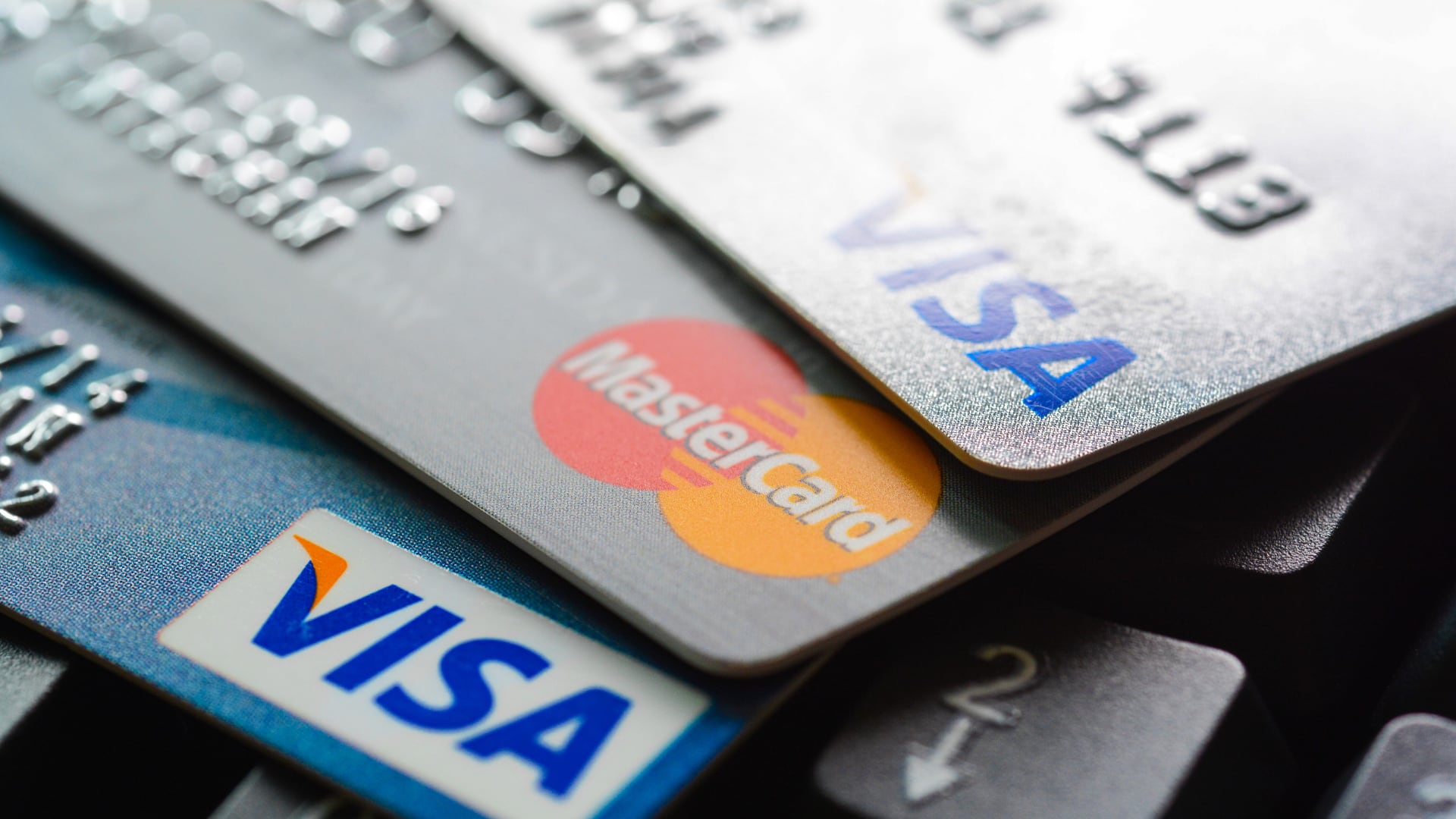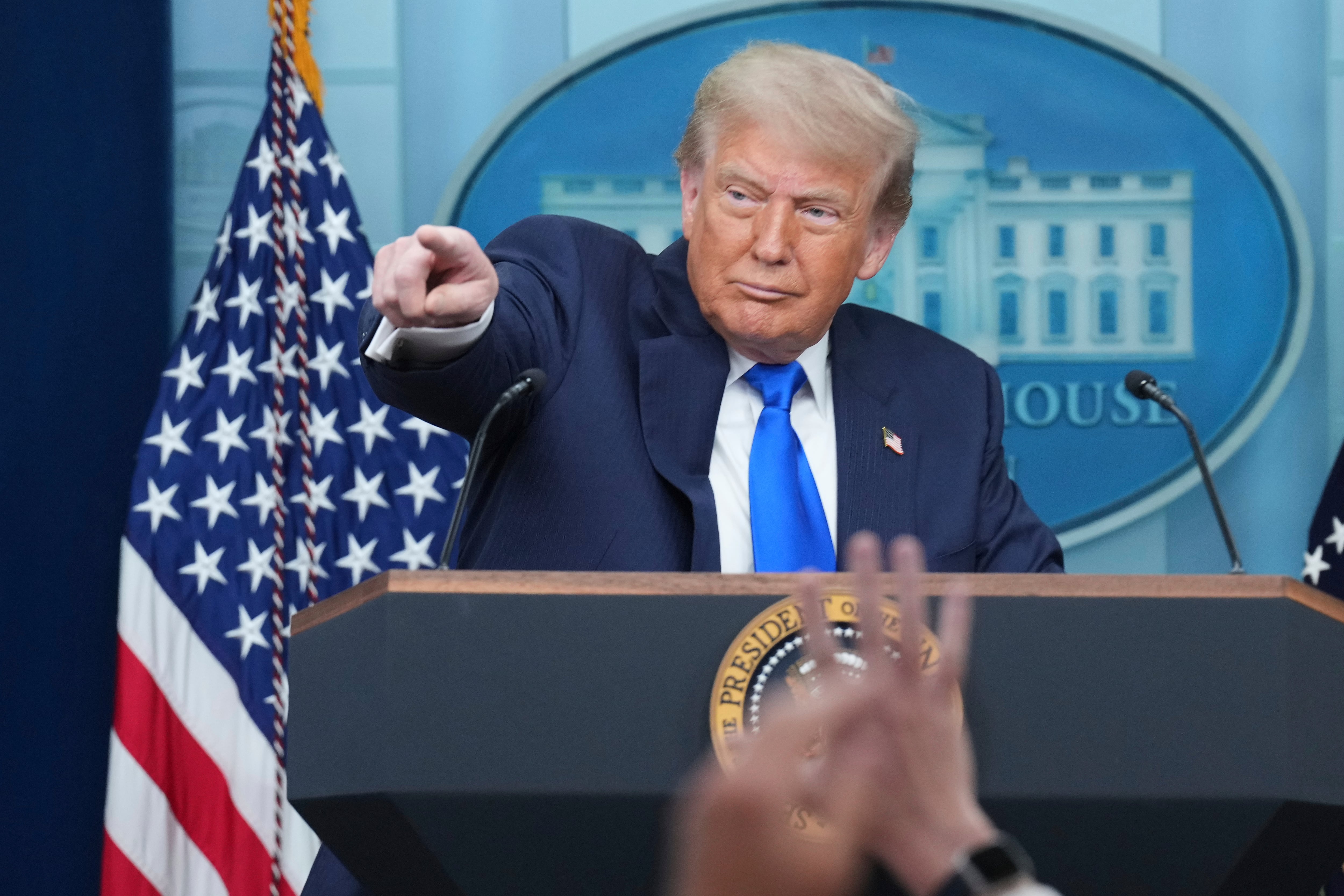By Christopher Rugaber
America’s employers stepped up their hiring last month, adding a solid 531,000 jobs, the most since July and a sign that the recovery from the pandemic recession is overcoming a virus-induced slowdown.
Friday’s report from the Labor Department also showed that the unemployment rate fell to 4.6% last month from 4.8% in September. That is a comparatively low level though still well above the pre-pandemic jobless rate of 3.5%. And the report showed that the job gains in August and September weren’t as weak as initially reported. The government revised its estimate of hiring for those two months by a hefty combined 235,000 jobs.
All told, the figures in the jobs report point to an economy that is steadily recovering from the pandemic recession, with healthy consumer spending causing companies in nearly every industry to step up hiring. Though the effects of COVID-19 are still causing severe supply shortages, heightening inflation and keeping many people out of the workforce, employers are finding gradually more success in filling near record-high job postings.
“This is the kind of recovery we can get when we are not sidelined by a surge in COVID cases,” said Nick Bunker, director of economic research at the employment website Indeed. “The speed of employment gains has faltered at times this year, but the underlying momentum of the US labor market is quite clear.”
By nearly every barometer, the economic recovery appears solidly on track. Services companies in such areas as retail, banking and warehousing have reported a sharp jump in sales. More Americans bought new homes last month. And consumer confidence rose in October.
At the same time, though, the nation remains 4.7 million jobs short of the number it had before the pandemic flattened the economy in March 2020. The effects of the virus are still discouraging some people from traveling, shopping, eating out and attending entertainment venues.
In October, the pickup in hiring was spread across nearly every major industry, with only government employers reporting a job loss. Shipping and warehousing companies posted a gain of 54,000 jobs. Retailers added 35,000. The battered leisure and hospitality sector, which includes, restaurants, bars, hotels and entertainment venues, gained 164,000 jobs. Manufacturers, despite their struggles with supply shortages, added 60,000 jobs, the most since June 2020.
And employers, who have been competing to fill jobs from a diminished pool of applicants, raised wages at a solid clip: Average hourly pay jumped 4.9% in October compared with a year earlier, up from 4.6% the previous month. Even a gain that strong, though, is barely keeping pace with recent surges in consumer inflation.
The number of long-term unemployed — people out of work for six months or more — has fallen sharply in recent months, to 2.3 million in October from 4.2 million in April. That is still double the pre-recession total. But it's an encouraging sign because employers are typically wary of hiring people who haven’t held jobs for an extended period.
One disappointing note in Friday's report is that the workforce — the number of people either working or looking for a job — was unchanged in October. That suggested that the reopening of schools in September, the waning of the virus, and the expiration of a $300-a-week federal unemployment supplement have yet to coax many people off the sidelines of the job market in large numbers.
Drawing many people back into the workforce after recessions is typically a prolonged process. There are now 7.4 million people officially out of work — just 1.7 million more than in February 2020, before the pandemic struck the economy. Yet millions more who lost jobs during the recession have given up on their job hunts, and employers might have to raise pay and benefits to draw them back in.
During the first half of the year, the economy grew at a healthy 6.5% annual rate as vaccinations spread and Americans showed themselves more willing to travel, shop, eat out and attend entertainment events. Yet the delta variant held economic growth in the July-September quarter to just a 2% annual rate.
More recent economic gauges have cast a brightening picture. And after several rounds of stimulus checks and other government support payments, Americans as a whole have amassed about $2.5 trillion more in savings than they had before the pandemic. As that money is spent, it will likely fuel further economic activity.
The Conference Board, a business research group, said that in its October consumer confidence survey, the proportion of Americans who said they planned to buy cars, homes or major appliances all rose. And nearly half the survey respondents said they planned to vacation in the next six months — the highest such proportion since February 2020, before COVID-19 ripped through the economy.
Even so, some companies still can’t find enough workers to fill jobs. Many parents, particularly mothers, haven’t returned to the workforce after having left jobs during the pandemic to care for children or other relatives. Yet there was evidence of a small rebound last month: The proportion of women who were either working or looking for work rose in October after two months of declines.
Surging inflation has cast a dark cloud over the economy since this spring. Higher costs for food, heating oil, rents and furniture have burdened millions of families. Prices rose 4.4% in September compared with 12 months earlier, the sharpest such increase in three decades.
That inflation surge was a key reason why the Federal Reserve announced this week that it would begin winding down the stimulus it has given the economy since the pandemic recession struck last year. The Fed will do so by reducing its monthly bond purchases, which have been intended to hold down long-term interest rates to spur borrowing and spending.
Updated on November 5, 2021, at 12:02 p.m. ET with additional details.
